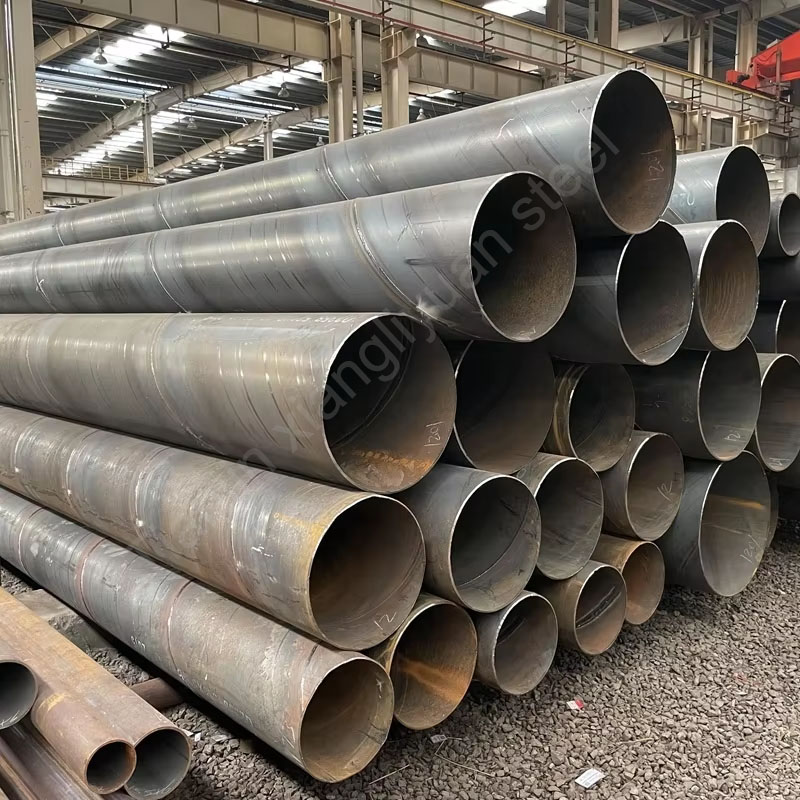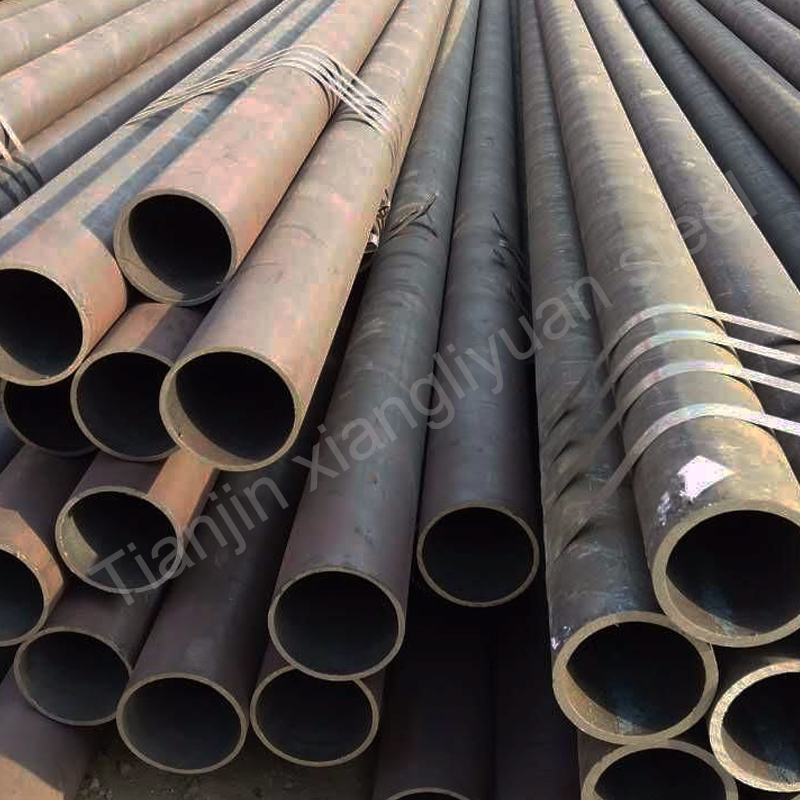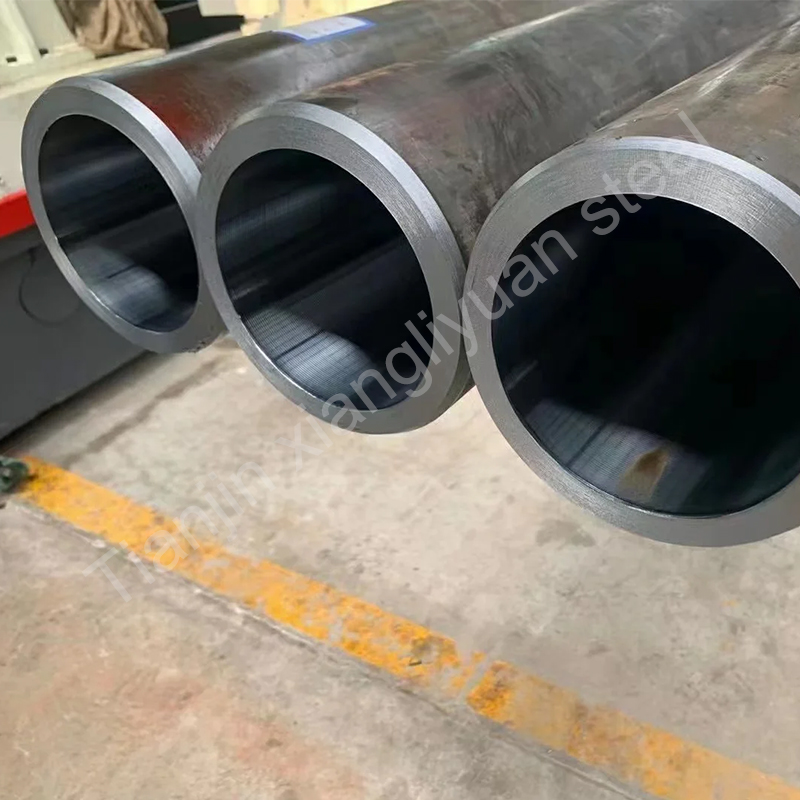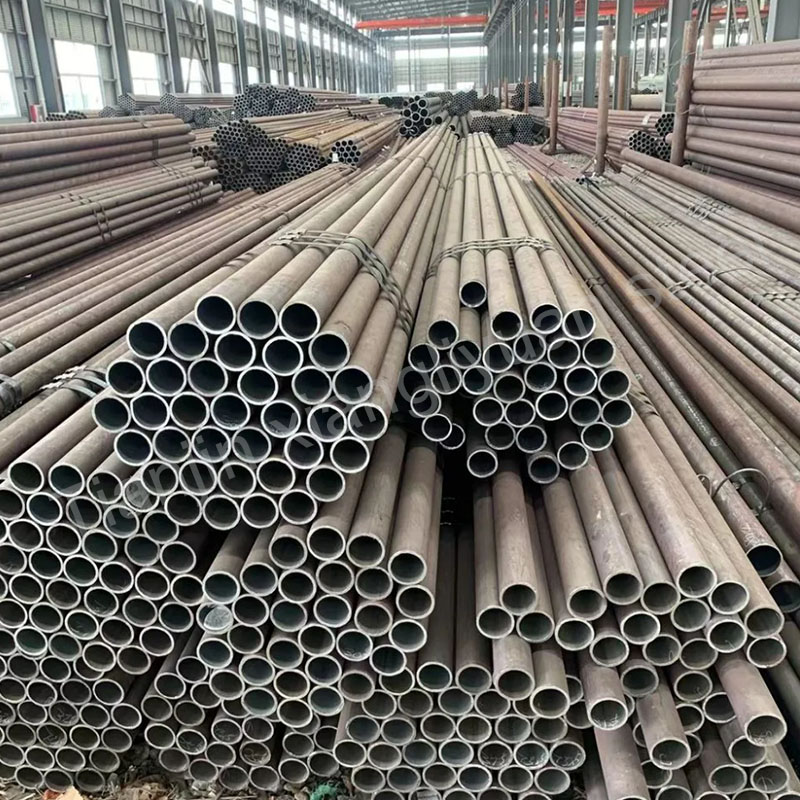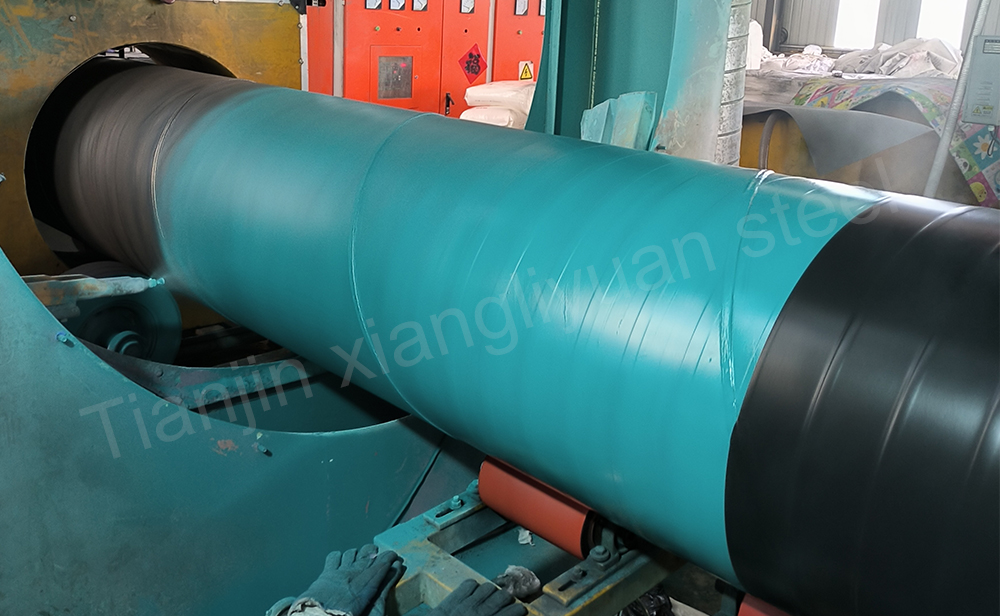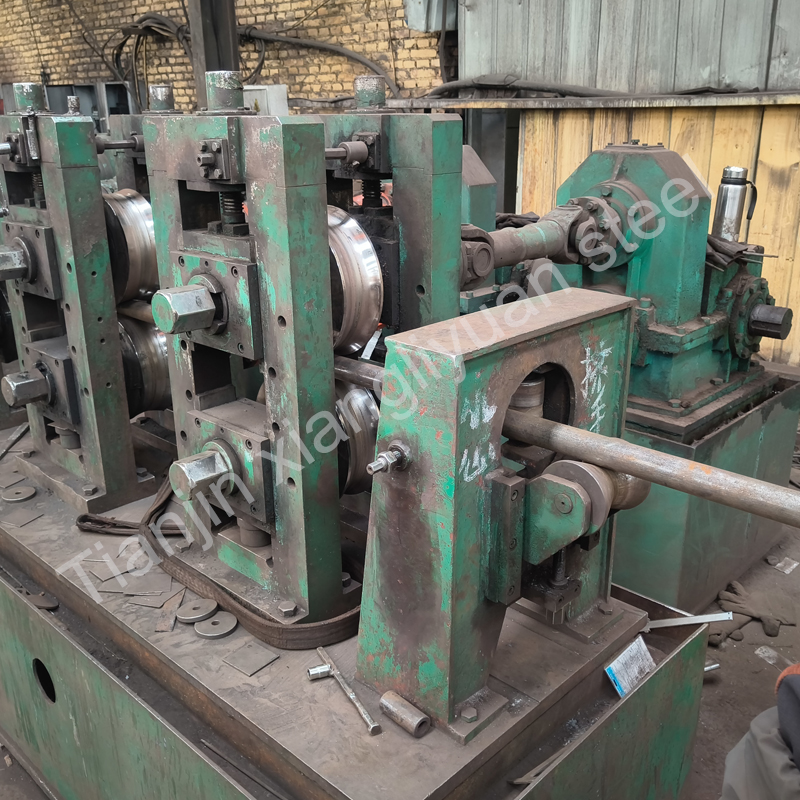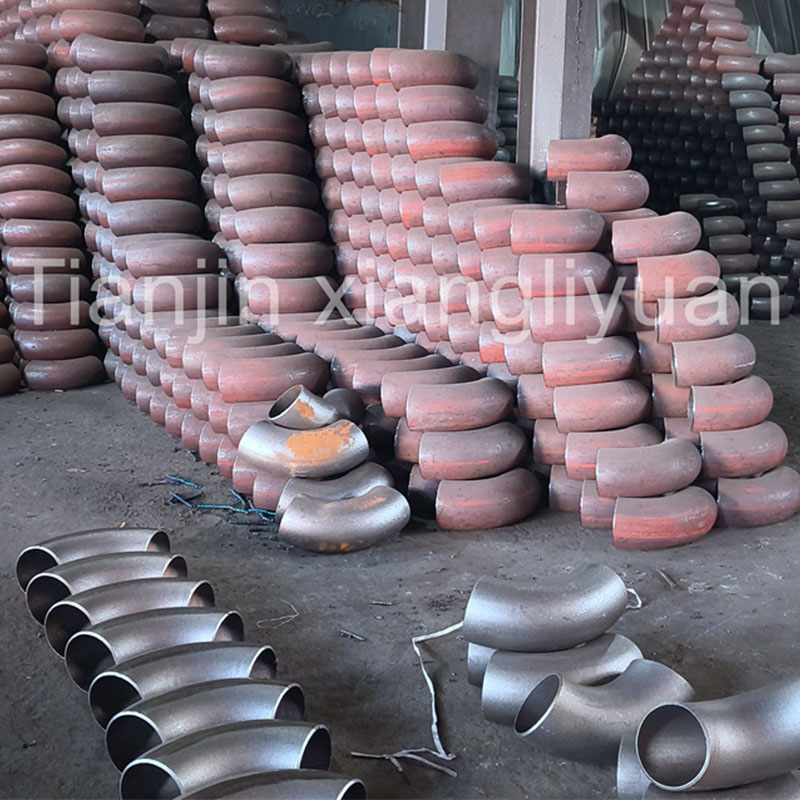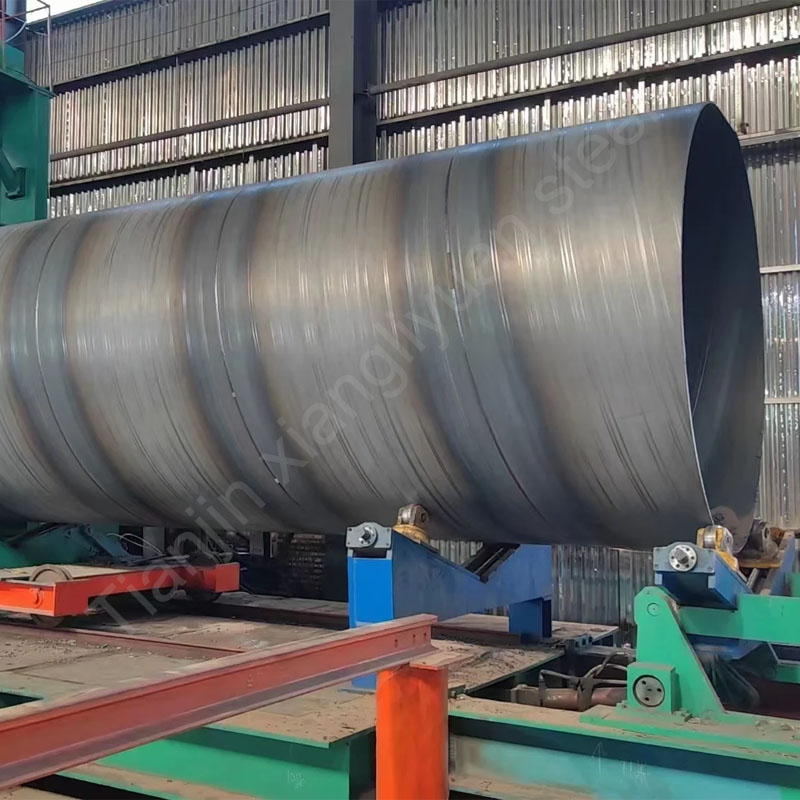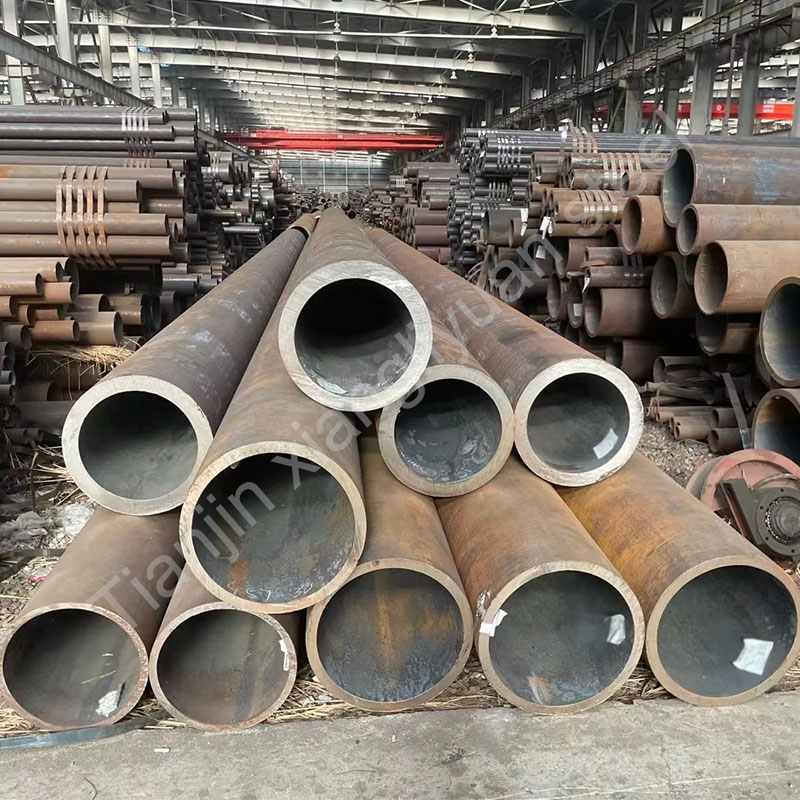In industrial pipeline systems, LSAW and SSAW are two mainstream types of welded steel pipes. Although both belong to the category of arc welded steel pipes, they have significant differences in manufacturing process, structural performance and engineering applications. 1. Essential differences in manufacturing processes 1.
Seamless steel pipe is a pipe with a hollow cross-section and no seams around it. It is made by hot rolling, cold rolling or cold drawing. Due to its excellent mechanical properties and pressure resistance, it is widely used in petroleum, chemical, electric power, machinery
Alloy steel pipe is a high-performance pipe made of carbon steel by adding alloy elements such as chromium, molybdenum, nickel, and vanadium. Its excellent strength, high temperature resistance, corrosion resistance, and creep resistance make it occupy an important position in the fields of energy, chemical
As an important metal material, galvanized square tubes are widely used in construction, machinery, transportation, municipal administration and other fields due to their excellent corrosion resistance, high strength and aesthetics. 1. Material and steel grade The base material of galvanized square tubes is mainly carbon
I. Materials and steel grades of seamless steel pipes and welded steel pipes Seamless steel pipes and welded steel pipes use different materials and steel grades according to their uses and requirements. Common ones include: 1. Seamless steel pipes Seamless steel pipes are usually used
There are several common surface treatment methods for steel pipes. The process, characteristics and uses of each treatment method are as follows: 1. Hot-dip galvanizing - Process: Immerse the steel pipe in molten zinc liquid to make the zinc adhere to the surface to form
How to change round seamless steel pipe into square steel pipe? Processing round seamless steel pipes into square seamless steel pipes is a common process requirement, which is usually used to meet specific engineering design requirements, such as building structures, machinery manufacturing or other
Carbon steel pipe elbows are connectors used to change the direction of pipeline fluids and are commonly found in pipeline systems in industries such as petroleum, natural gas, chemical, and electric power. Elbows are classified into three basic types: 45°, 90°, and 180°. Special angles
Spiral welded pipe is a common type of steel pipe, and spiral welding technology is used in its manufacturing process. Spiral welded pipe has good strength and pressure resistance due to its unique structural characteristics and manufacturing process, and is widely used in fields such
High-pressure boiler tubes are key components used in boiler systems and are subject to high-temperature and high-pressure working environments, so their performance requirements are extremely strict. Among the many types of boiler tubes, seamless steel tubes are widely used in the manufacture of high-pressure boiler

